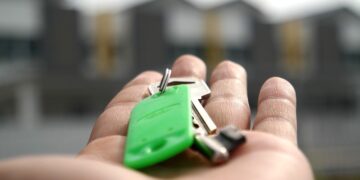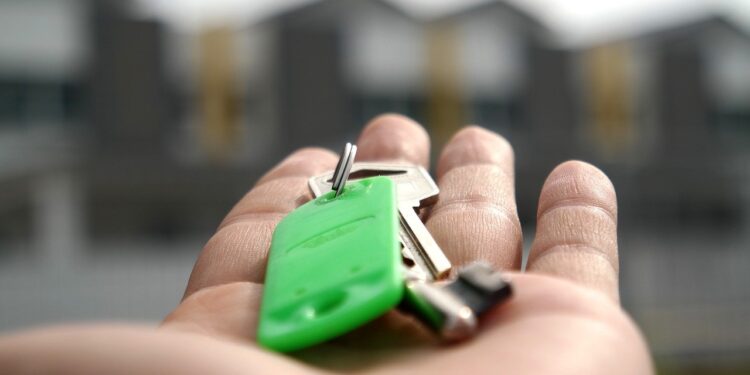Calculating the rental return on an investment, or investments, is not something that a landlord should overlook. Doing the numbers might not be the most exciting or rewarding part of being a landlord, but it certainly is a fundamental one.
The rental return you can expect on your buy-to-let is referred to as the rental yield. The rental yield is a percentage figure and shows the revenue that you earn, or can expect to earn, from your investment. It can be affected by a fluctuating housing market, property prices, interest rates and demand growth.
Achieving a good rental yield is important. If your income falls short of your expenditure, then you lose money. Even if you are breaking even, you are still not bringing in any profit. You also need to ensure that your income leaves room for emergencies, else you could find yourself struggling financially.
So, now we’ve established what the rental yield is and why it is important – how exactly do you work it out?
Table of Contents
The rental yield formula
Although you might need a calculator, the basic formula for working out your rental yield is very simple. Start with your monthly rental income amount, or expected rental income. Multiply this by 12. Divide this figure by the property’s purchase price or current market value and multiply this figure by 100 to get the percentage.
Example:
Monthly rental income – £2000
Annual rental income – £24,000 (£2000 x 12)
Property purchase price – £250,000
Rental yield – 9.6% (£24,000 ÷ £250,000 x 100)
This calculation gives you your gross rental yield, referring to the costs before expenses. You can also work out your net rental yield, which is everything after expenses.
Working out your net rental yield
To work out your net rental yield, you need to take more costs into account. This will offer a more comprehensive understanding of your investment returns. You will need to consider the price of the property, the income generated by the property and the associated costs and fees of owning a property.
Start by multiplying your monthly rental income by 12. Take away the annual costs of owning a property (mortgage payments, insurances such as landlord insurance, general maintenance), and then divide that by the property’s purchase price or current market value. Finally, multiply that figure by 100 to get the percentage.
What is a good rental yield?
You should ideally aim for a rental yield of 7% or more. This is a minimum for earning a profit and having enough cash-flow to cover running costs, mortgage payments and unforeseen emergencies. Anything less than 7% is unlikely to make financial sense.
When making a property investment, also consider the capital growth and tenant demand of your property. If you focused only upon rental yield, you could still end up taking on a property with no sign of house price growth. You may also struggle to find suitable tenants.
A good rental yield should allow you to make a reasonable return on your investment. Being aware of your rental yield is essential in having a clear picture of your annual rental income, and helps you work out your return on investment in many different aspects of your buy-to-let.



















